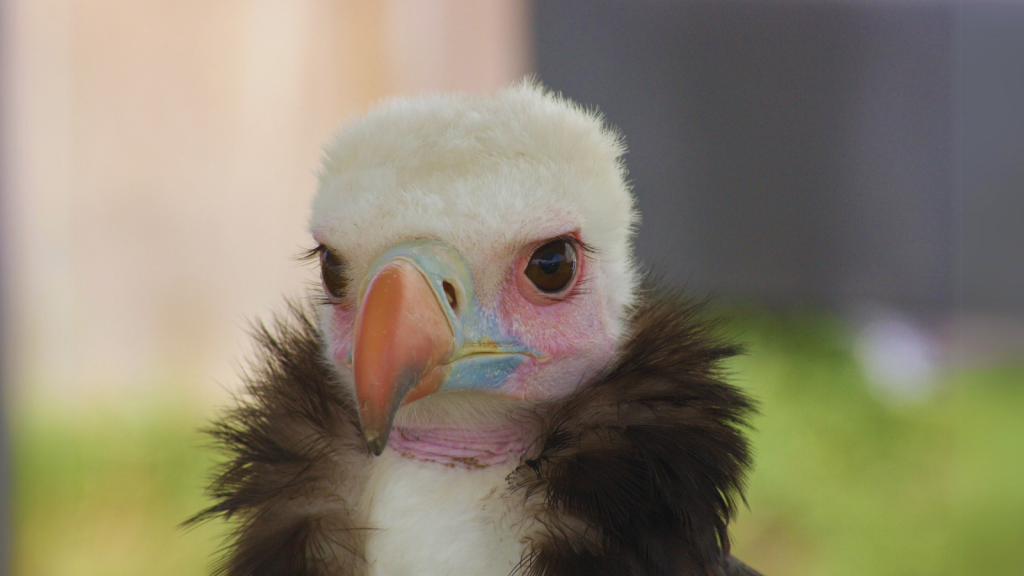Bears are often seen as apex predators, ruling the forests and mountains with their impressive size and strength. However, even these mighty creatures have their own natural enemies. While adult bears have few predators, young cubs and injured or old bears can fall prey to a surprising variety of animals. From fellow mammals to unexpected aquatic hunters, the animal kingdom has several species that aren’t afraid to take on a bear.
Siberian Tigers
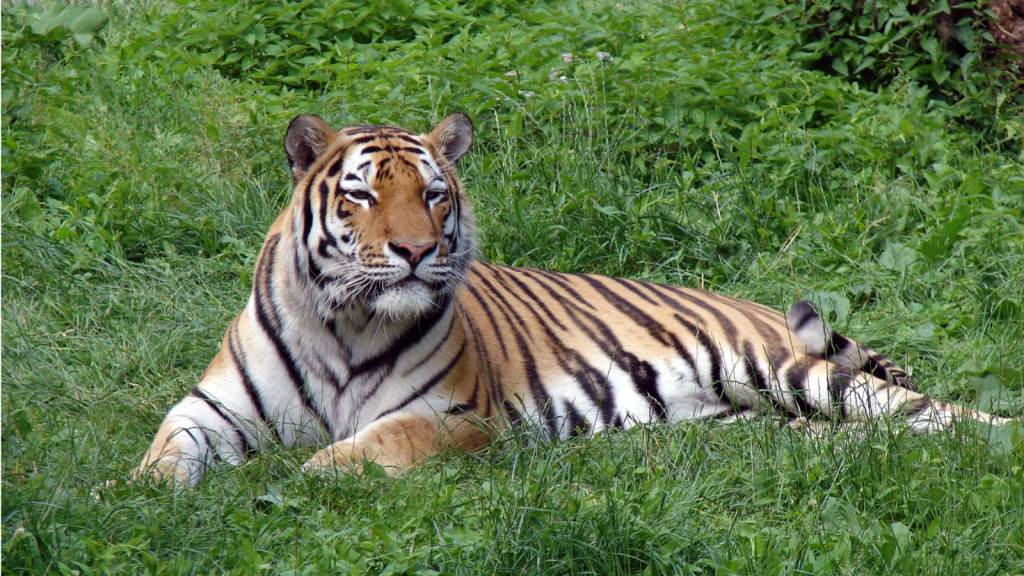
Siberian tigers are one of the few predators that actively hunt adult bears. These massive cats, also known as Amur tigers, can weigh up to 660 pounds and are strong enough to take down a full-grown brown bear. They primarily target smaller Asiatic black bears but have been known to attack larger brown bears as well. In the Russian Far East, tigers and bears often compete for the same territories and food sources, leading to occasional deadly encounters.
Cougars
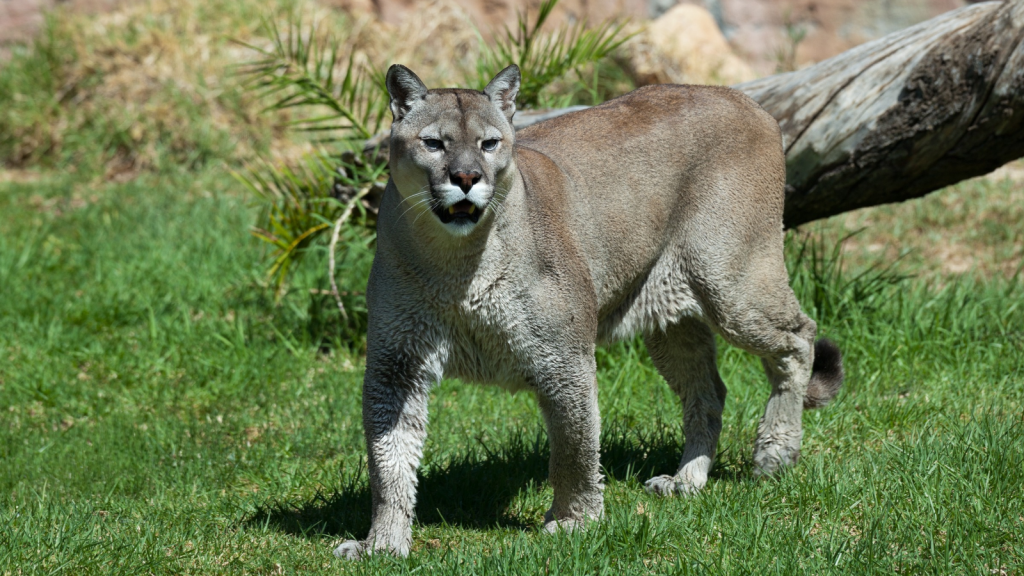
Cougars, also known as mountain lions or pumas, are skilled hunters that occasionally prey on black bears. While they typically avoid fully grown adults, cougars have been observed stalking and attacking bear cubs or adolescents. These big cats use their stealth and powerful legs to ambush their prey, often from above. In areas where their habitats overlap, cougars and bears engage in a complex predator-prey relationship.
Wolves
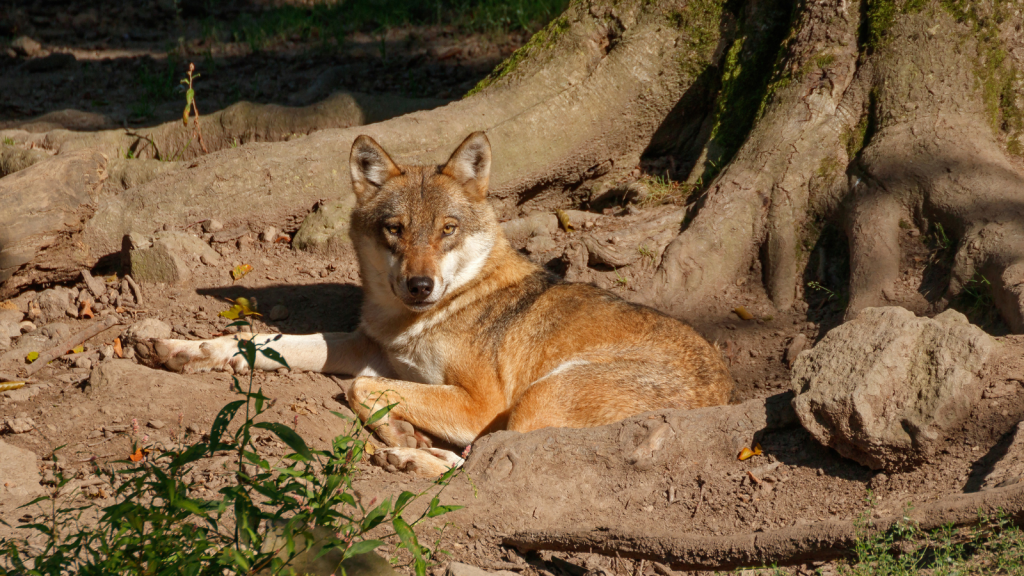
Wolf packs have been known to hunt and kill bears, particularly cubs or injured adults. While a single wolf is no match for a healthy adult bear, a coordinated pack can successfully bring one down. Wolves use their teamwork and endurance to wear down larger prey, including bears. In some regions, wolves and bears compete for the same food sources, leading to confrontations that can turn deadly.
Orcas
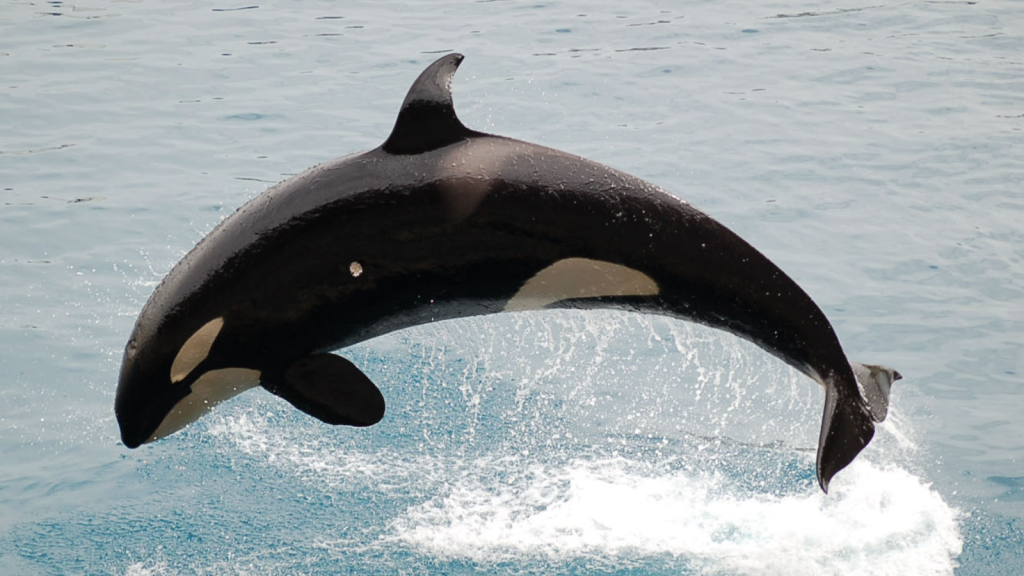
Orcas, or killer whales, are surprising predators of polar bears. These marine mammals are known to hunt bears that are swimming between ice floes in the Arctic. Orcas use their intelligence and teamwork to isolate and drown their prey. While such predation is rare, it highlights the unexpected dangers bears face when venturing into the water.
Humans
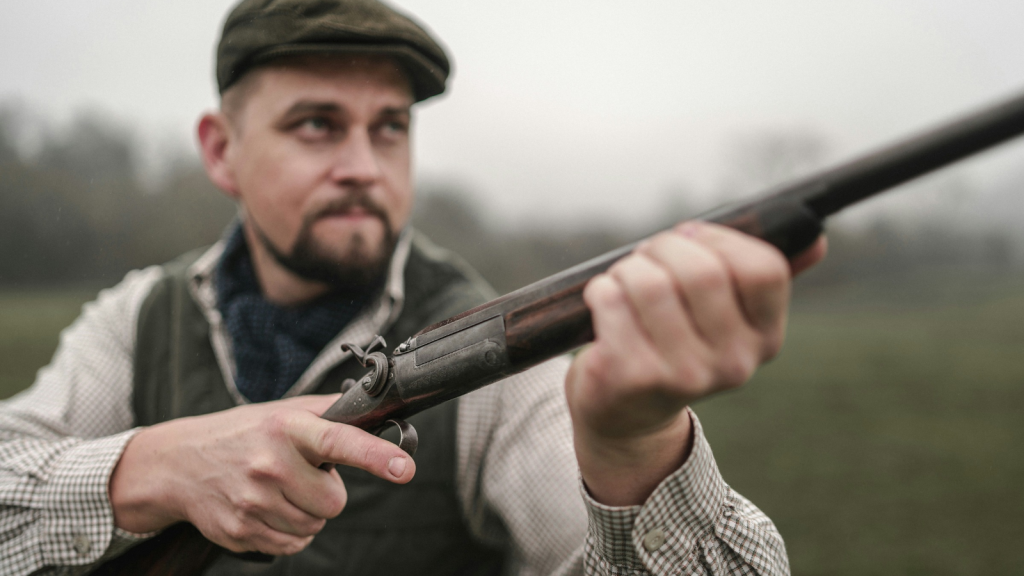
Humans are arguably the most significant predators of bears across the globe. Through hunting, habitat destruction, and human-wildlife conflict, humans have had a major impact on bear populations worldwide. In some cultures, bear hunting has been a traditional practice for centuries, while in others, it’s a contentious conservation issue. The relationship between humans and bears is complex, ranging from reverence to fear and conflict.
Grizzly Bears
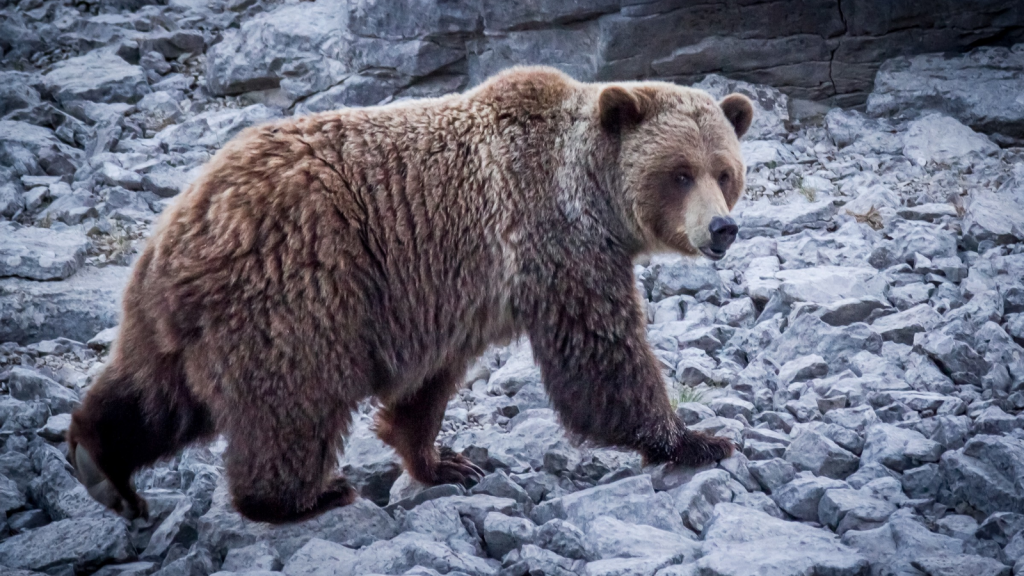
In a twist of nature, grizzly bears are known to prey on other bear species, particularly black bears. Male grizzlies have been observed hunting and killing black bears, especially in areas where their habitats overlap. This behavior is thought to be both predatory and a way to eliminate competition for food and territory. Grizzlies’ superior size and strength give them a significant advantage in these encounters.
Polar Bears

Polar bears, the largest land carnivores, have been known to hunt other bear species when their usual prey is scarce. In areas where their range overlaps with brown bears, polar bears may attack and eat them. This behavior is particularly observed in regions where climate change is altering traditional habitats and food sources, forcing polar bears to seek alternative prey.
Crocodiles
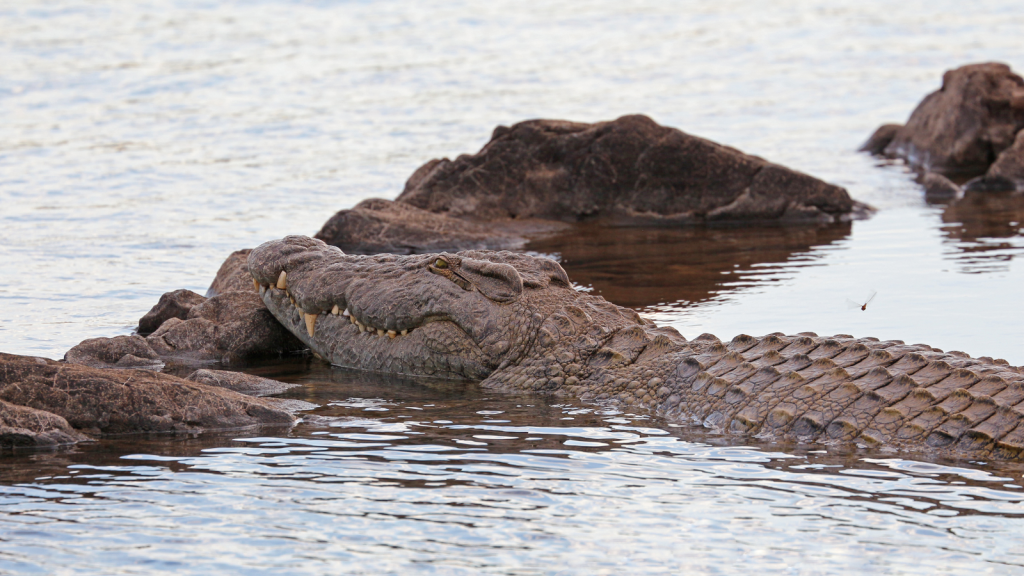
In certain parts of the world where bears and crocodiles share habitats, these ancient reptiles can pose a threat to bears. Large crocodile species like the saltwater crocodile or the Nile crocodile are opportunistic predators capable of taking down a bear that ventures too close to the water’s edge. Their powerful jaws and ambush tactics make them formidable opponents, even for a bear.
Coyotes
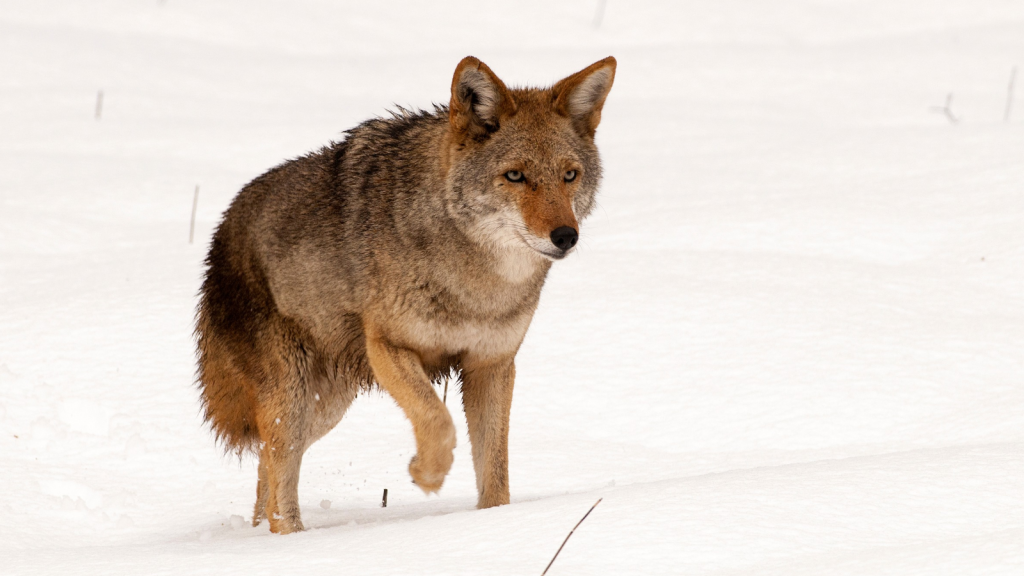
While a single coyote is no match for an adult bear, packs of coyotes have been known to target bear cubs. These opportunistic predators will take advantage of any vulnerable prey they can find. In some areas, coyotes and bears compete for the same food sources, which can lead to conflicts. Coyotes’ adaptability and pack hunting strategy allow them to occasionally prey on young or weak bears.
Golden Eagles
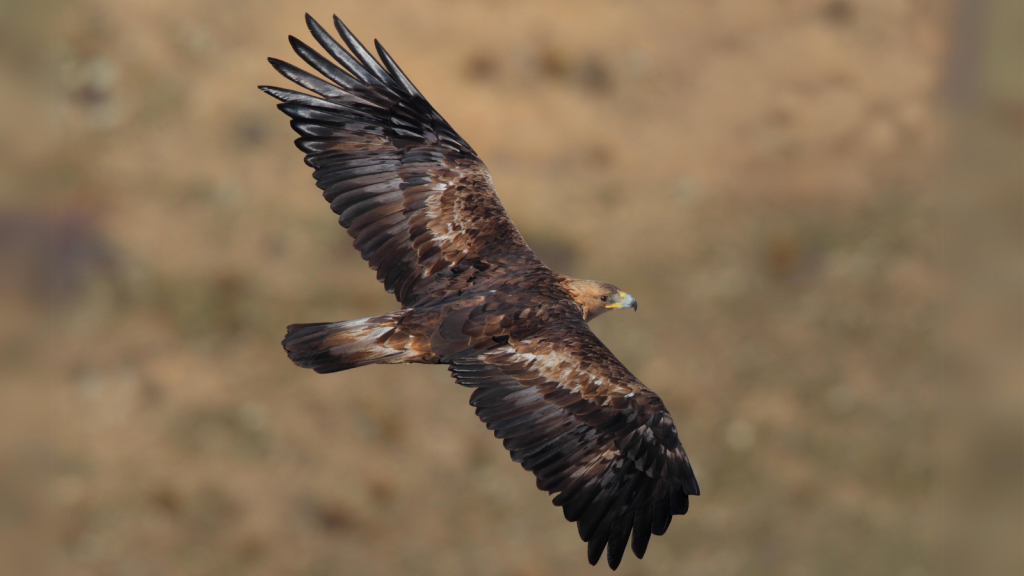
Golden eagles are powerful birds of prey that have been observed attacking and killing bear cubs. These massive raptors have incredibly strong talons and can swoop down at high speeds to snatch up small prey. While they can’t take on adult bears, golden eagles pose a significant threat to unattended cubs, especially in open areas where the birds have a clear line of sight.
Leopards
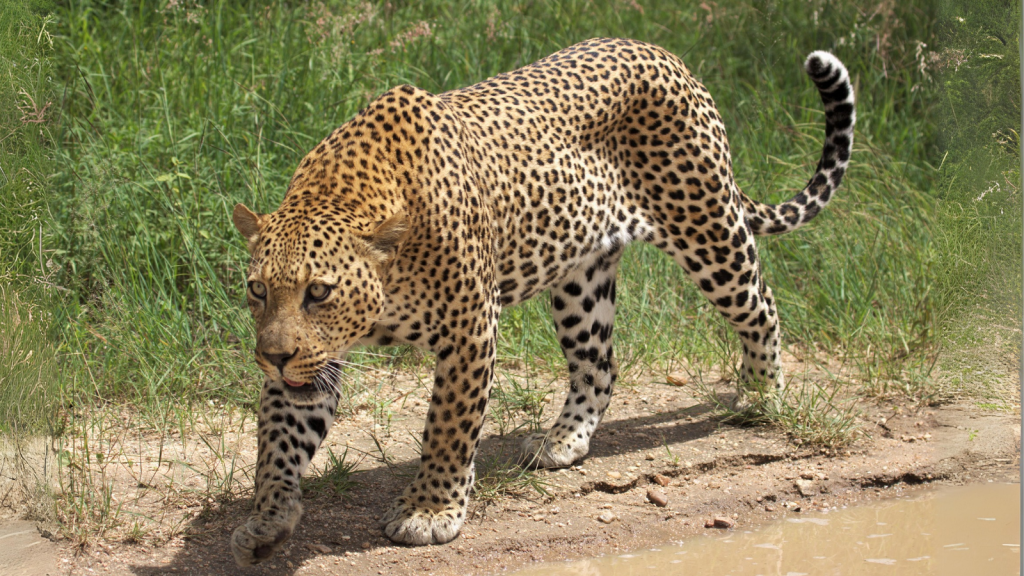
In parts of Asia where their ranges overlap, leopards have been known to prey on smaller bear species like sun bears and sloth bears. Leopards are skilled climbers and ambush predators, often attacking from above. While they typically avoid fully grown bears, leopards may target cubs or injured adults. Their strength and agility make them formidable opponents in the dense forests they inhabit.
Scavengers
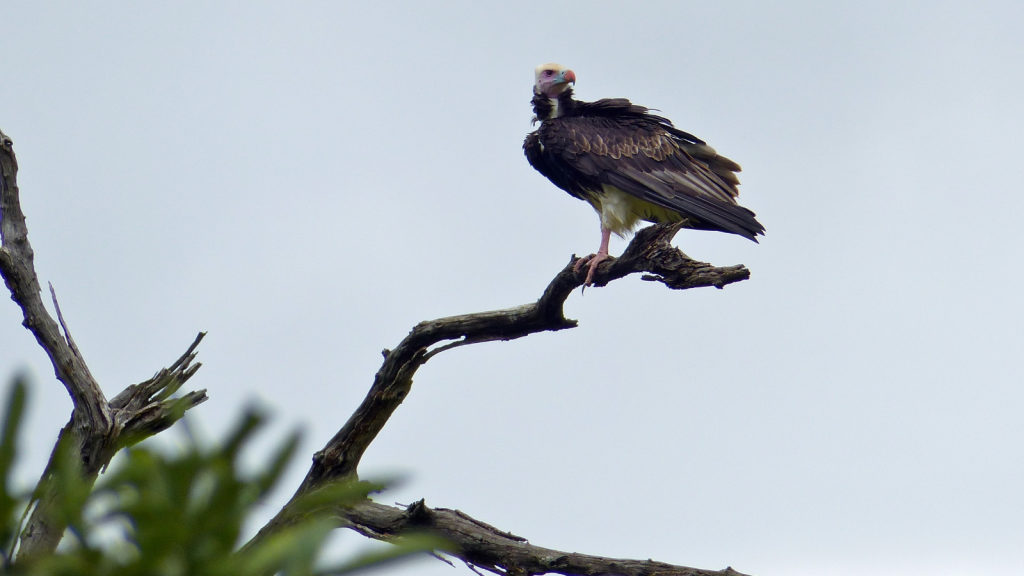
While not active hunters, scavengers like vultures, ravens, and wolverines play a role in bear mortality. These animals will feed on bear carcasses, and in some cases, may hasten the death of severely injured or sick bears. Scavengers are an important part of the ecosystem, helping to recycle nutrients and clean up the remains of fallen animals, including bears.

